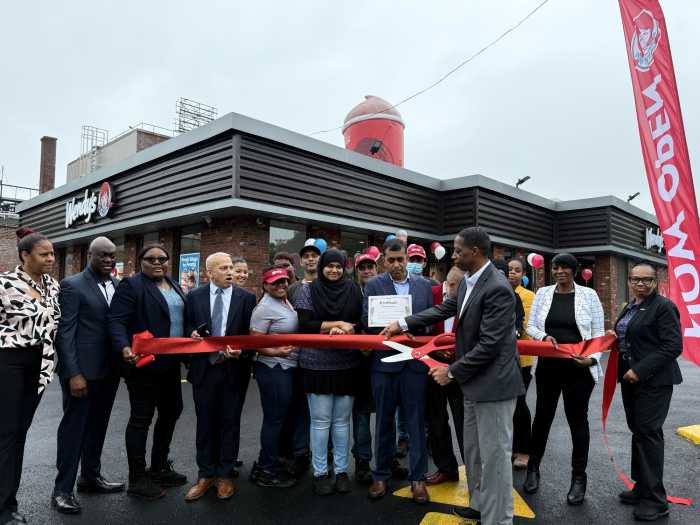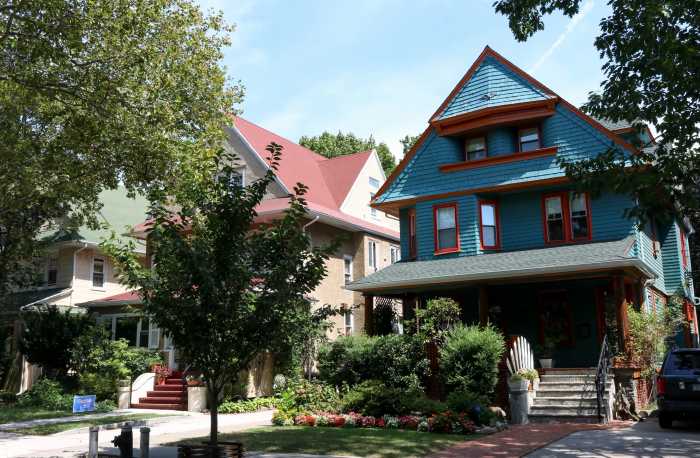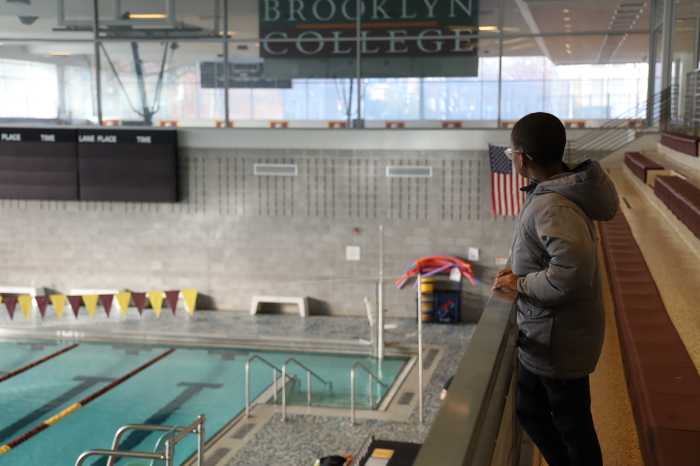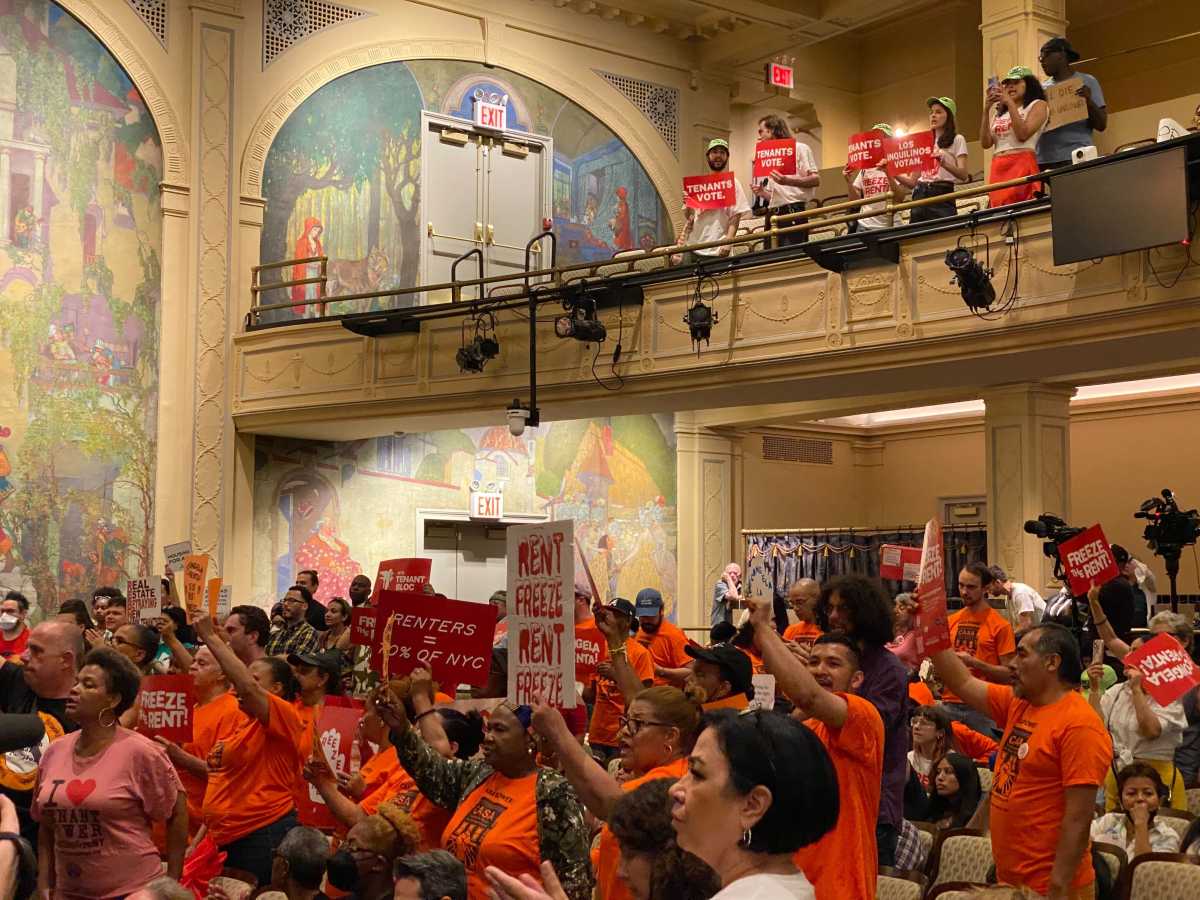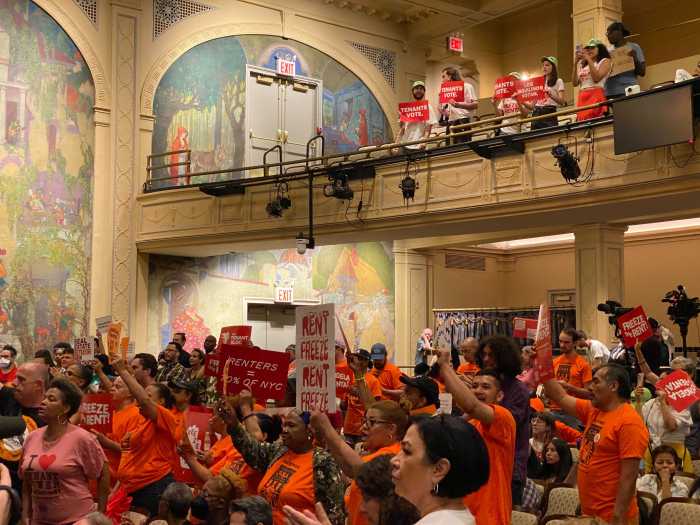As if with one voice, residents of Victorian Flatbush spoke out at a public hearing on the rezoning of their neighborhood to demand that the Department of City Planning (DCP) effectively under-zone the community, to protect it from over-development.
Specifically at issue were proposed zoning changes affecting Ditmas Park West and South Midwood, vulnerable because existing zoning allows large multi-family developments and even apartment buildings at some sites.
To permit what Winston von Engel, deputy director of DCP’s Brooklyn office has called “modest expansion,” the agency recommended a zone (R4A) that prohibits the construction of any housing except detached one- and two-family homes but allows a 50 percent increase in bulk.
However, residents said this would encourage the construction of McMansions that are out of character with the neighborhoods. “It’s like going from a three-year-old to a 10-year-old,” asserted Lucille Wright. “Why are you doing this to us?”
R4A is also problematic, they said, because it gives a floor area bonus to community facilities (i.e., medical offices and houses of worship) that could end up as massive, box-like structures. On one 50-by-100 foot lot, this could mean a 10,000-square-foot building, said Richard Silverman, the South Midwood Residents Association president; under existing zoning, it would be half that size.
To prevent such situations, residents who attended the Community Board 14-hosted hearing at P.S. 249, 18 Marlborough Rd., suggested the R3X zone, even though many homes in the area exceed its perameters. This would prevent attached or semi-attached housing and keep the same lid on bulk as the 1961 rezoning.
“R4-A allows for too much expansion,” contended Gary Sucher, co-president of the Ditmas Park West Neighborhood Association. “What we want to do is preserve the character of the neighborhood.”
“I am not aware of any request for a zoning variance to enlarge an existing six- to-eight-bedroom home,” Silverman stressed. “Don’t solve one problem by creating another.”
“Aesthetics matter,” asserted Joel Siegel. “If we go to R4A, it’s a license for the kind of remuddling you see on Ditmas Avenue between Stratford and Westminster.”
“The proposal for South Midwood has, in fact, been to up-zone it.” added Florence Valentino. “South Midwood does not want to be the sacrificial lamb.”
The problem is that no existing zone mirrors the built environment, suggested resident Robert Gochfeld, who once worked for DCP. “Over the years,” he said, DCP, “has created myriad new zones for communities elsewhere. What they’ve done is chosen someone else’s zone to fit our community. That’s wrong.”
“There are rules that are meant to be broken,” pointed out City Councilmember Simcha Felder. “Sometimes it’s not a bad thing not to do everything perfectly.”
Von Engel made the point that DCP’s goal has been to preserve the area. “What we are arguing about,” he noted, “are the margins of a rezoning proposal that aims to protect all the one and two-family homes in Victorian Flatbush. We will take your testimony tonight, deliberate on it and get back to you.”
Residents seem prepared to do battle, if necessary. “In South Midwood,” said Tom Valentino, “we’ve fought every type of urban blight. Overbuilding is just another form of urban blight and we won’t stand for it.”
“We have to do everything we can to preserve the beauty and historic charm of the community,” agreed City Councilmember Mathieu Eugene.
Nonetheless, Glenn Wolin warned that if the fight drags on, it could have unintended consequences. “If we hold up the process, we are going to see a lot of Victorian houses go down and developers building big box apartment buildings,” he contended.
Other parts of the proposal are less controversial. These include rezoning some Victorian areas from R3-2 to R3A (which does not raise density).
Residents applauded the rezoning of the west side of Stratford Road — now R-6, which allows apartment buildings – to R4A and R5B, the latter, a three-story rowhouse district. They also approved the expansion of the R1-2 zone, which includes Ditmas Park and Prospect Park South. R1-2 is one of the lowest-density zoning districts, with larger lots and more open space.
Besides rezoning Victorian Flatbush, plan highlights include up-zoning some commercial strips, and imposing a height limit in apartment building areas which now have none. These areas, now zoned R6 and R7-1, would be rezoned R6A and R7A, with 70 and 80-foot maximum building heights, respectively.
The general boundaries of the 200-block rezoning are Coney Island Avenue on the west; Caton, Parkside and Clarkson Avenues on the north; Bedford Ave. and the CB 14 boundary on the east; and Ave. H and Campus Road on the south.
The concentration on the Victorian neighborhoods may have overshadowed other issues, noted Alvin Berk, CB 14 chair. “I am concerned with the absence of focus on the proposed up-zoning of some of the commercial strips,” he said.
“That can have an incredibly important implications for Flatbush,” Berk went on, “both because the city will inevitably lag many years behind in providing essential services to the increased population and because the investment necessary to develop the up-zoned area may force utilitarian businesses that Flatbush residents depend on out of the neighborhood.”


